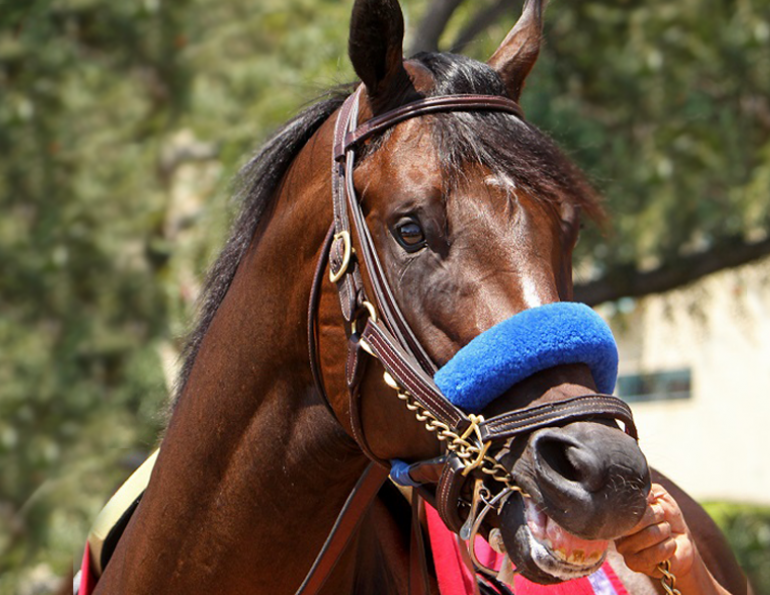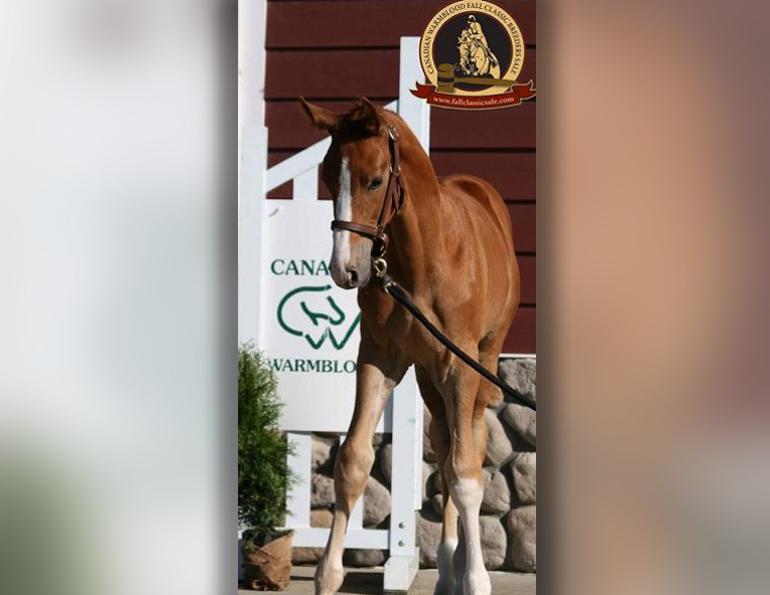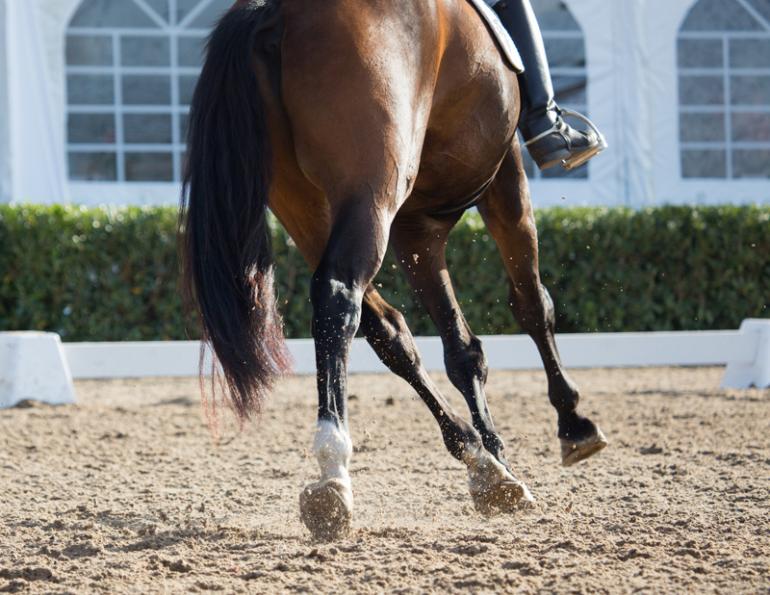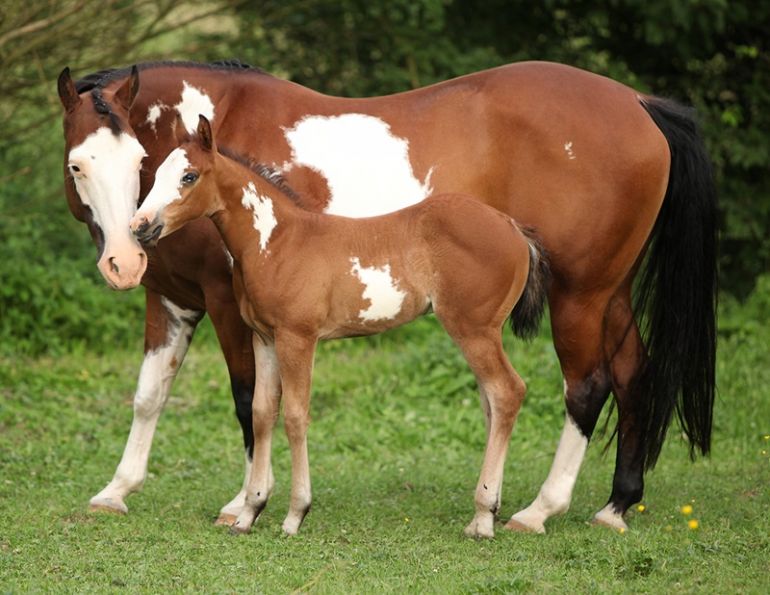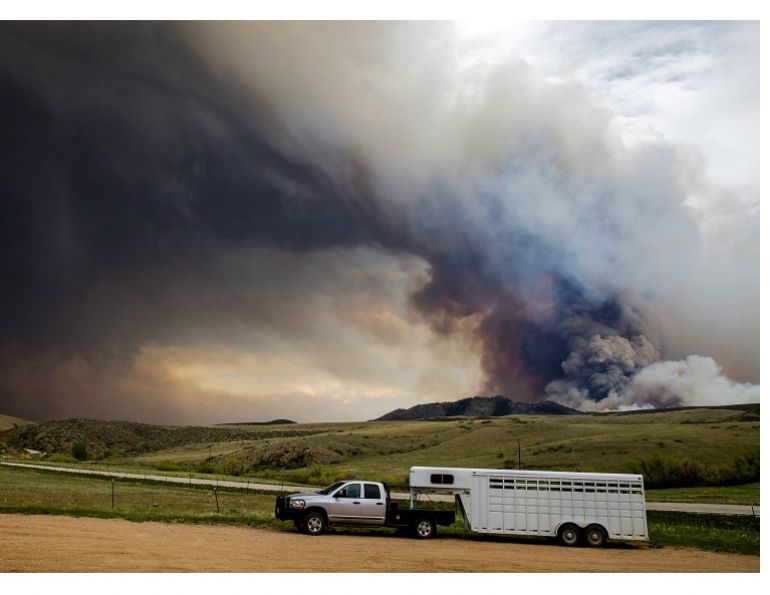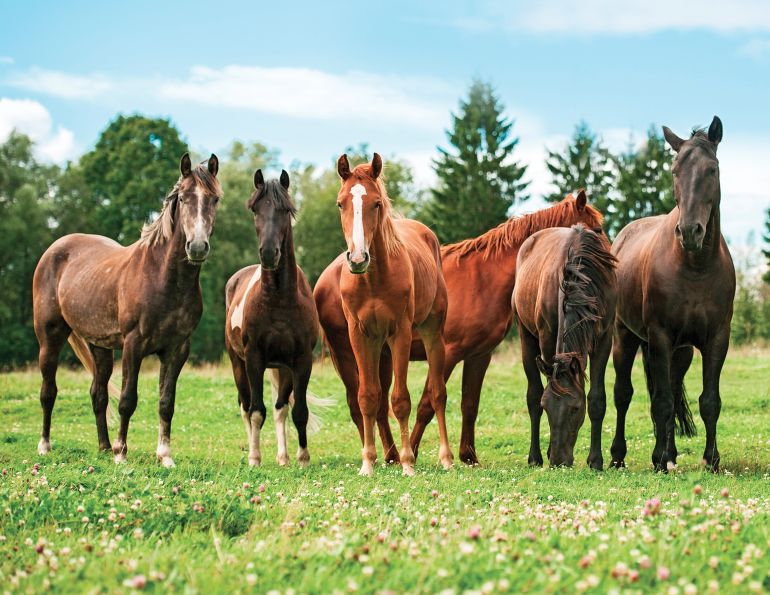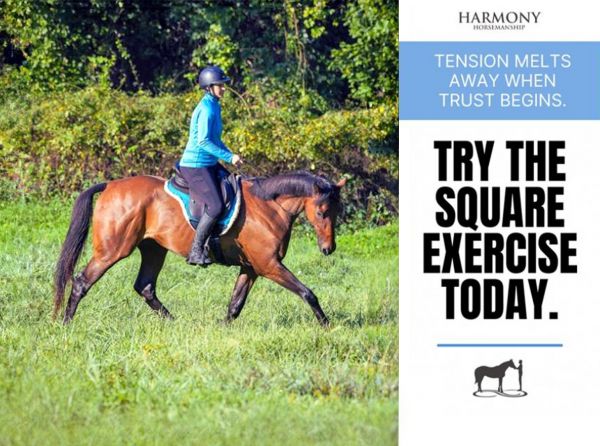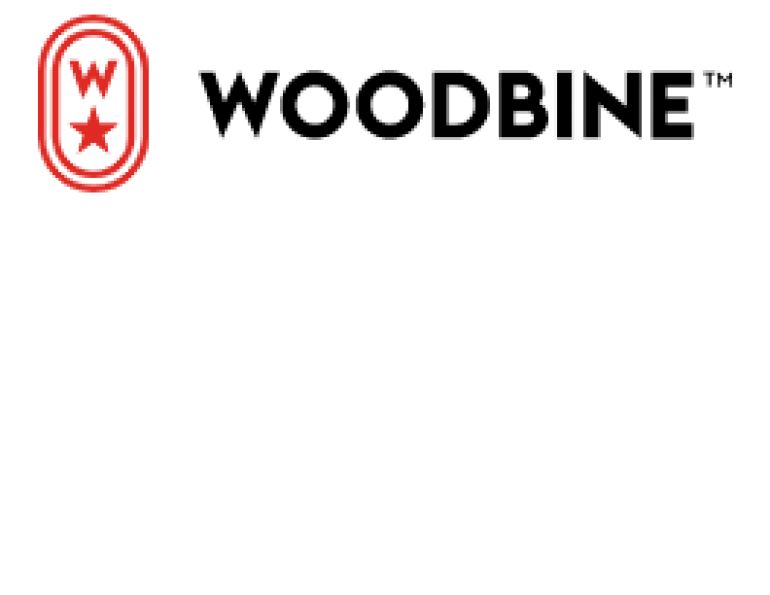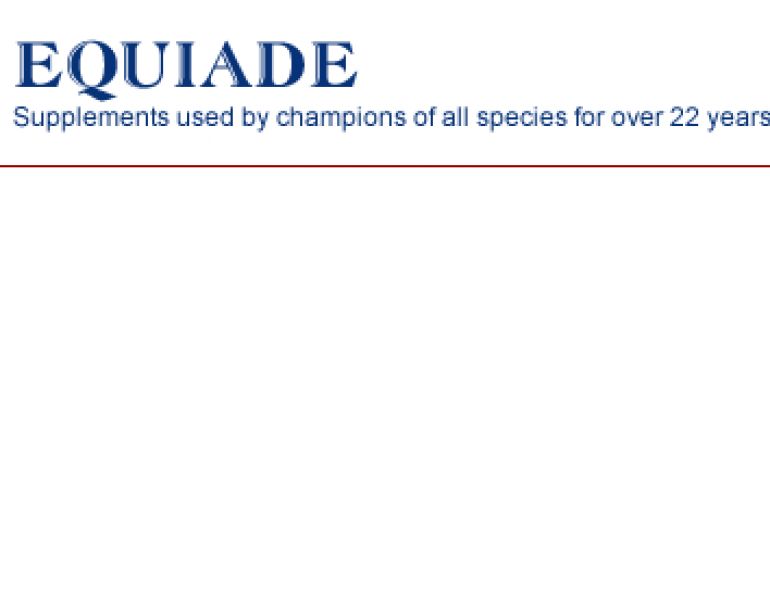By Heather Mitchell-Matheson
There are gadgets and gismos used for countless applications when it comes to handling or training horses. Some are of the gentlest nature, others stem from a long history of proper horsemanship, and some still exist that maybe never served much purpose other than to inflict pain. Regardless of how we may personally feel about a certain training tool, there is one constant piece of equipment that is used in many different areas of the horse world: the chain.
The exact origin of the chain or “shank” is unclear, but for as long as there have been workable metal and horses, there have been bits, spurs, chains, and horse shoes. Prior to having workable metal readily available, most horsemen used leather or fibrous materials, like woven rope, as tools for equine related work. In essence, the chain has been used for hundreds of years and in general it was used to further control or restrain livestock for any particular reason. A shank is defined as “a chain attached to a lead rope.” According to Wikipedia, “a lead shank or lead chain refers to a lead line with a chain attached that is used in a variety of ways to safely control possibly difficult or dangerous horses if they will not respond to a regular lead.”
In general, the purpose of the chain is to exert extra control over a horse if needed in a more significant or rapid manner.
Most commonly, the chain is used in the equine breeding world for stallions that are going to be bred. The chain goes on and the stallion should recognize that he is going to be bred, and manners are expected with such events. When the chain is not on, he is not going to breed; he is going to be turned out, transported, ridden, etc. As with any horse equipment, there are always stipulations about proper use, as misuse can result in disqualification from competitions, training setbacks, and even injuries to humans and horses alike.
In hopes of providing better equine welfare practices for the safety and enjoyment of our horses for many years to come, this article will deal strictly with chain use, function, and safety through the eyes and experiences of three equine professionals. Each of these knowledgeable professionals is from entirely differing experiences, regions, backgrounds, and disciplines, in order to better educate the everyday horse person with the knowledge of how to use their equipment properly. We have called on the knowledge and experience of grand prix show jumper and coach Jenn Serek (JS), college level equine studies horsemanship instructor and IHSA team coach Chris Brown (CB), along with accomplished reiner and successful veterinarian Dr. G.F. “Andy” Anderson (Dr. A).
What are some common sense things to keep in mind when you are using a chain on a horse?
JS - Never tie up with a chain, never loop the chain back to itself, and be very careful that the chain is not in use when not necessary. Once the chain goes on, the horse has a job to do. Once the job is done, the chain comes off.
Dr. A - Don’t hang on a chain or panic when it’s on your horse. The chain is strictly a tug and release mechanism used for correction. You also cannot work a lip chain properly from only one side. You will need to unhook it and go in from the other side if you are intending to work both sides of the horse with a lip chain.
CB - In showmanship you HAVE to teach the horse to give their chin to the chain pressure. Like a curb chain on a bridle, the chain under their chin is what I use for my “half-halt” on the ground. I want the horse to read my body but the chain reinforces what I want; a soft and willing response is always what I expect.
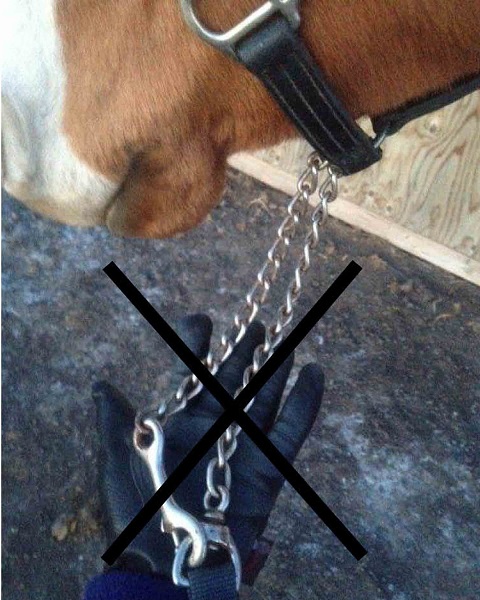
Photo (above): The chain should never be looped back to itself. Photo courtesy of HIAA.
In what situation would you go to use a chain on a horse (lip or nose)?
Dr. A – As soon as you realize that a halter is not enough. The chain becomes an equalizer with a difficult or dangerous horse.
JS – I would use a chain over the nose of a horse that could potentially escape its handler. Whether it’s an older veteran campaigner that might be a bit frisky after just arriving at the horse show, or a young inexperienced horse that is being rude or belligerent; safety first.
CB – Basically, it is the same concept as anything else we do when we train horses. We have to teach them to give to pressure and then reward them with positive reinforcement, by releasing the pressure when they give to it.
What type of horse or human or scenario would it be inappropriate to use a chain (lip or nose)?
JS – Using a lip chain for clipping or veterinary diagnosis purposes, in the wrong hands, could be too severe and the horse may overreact. When a horse overreacts to a chain, you may not get a true valuation of the root issue which might be pain somewhere else in the horse, thus skewing an accurate diagnosis. I would only want an experienced handler in these situations.
Dr. A – Anyone who is heavy handed or has a bad temper should not be at the end of the rope controlling a lip or nose chain. Timing is very important when using a chain and in certain situations a nose chain can quickly become a bloody and bruised mess that you can’t easily mask.
CB - It all comes from being consistent with what you teach your horse, and how consistent you are in teaching the horse what you’re expecting their behaviour to be, in reference to the chain. Again, I want the horse to read my body but the chain reinforces what I want. If the horse doesn’t walk forward with my body language, the chain will engage and begin to teach the horse that if he does not respond to my body’s movement, chain pressure will follow. Once he follows, the pressure is released, thus accomplishing the desired result.
Can you give me a scenario or story where a chain caused a major injury to a horse or human?
JS – I once saw someone hand grazing a horse that had a chain looped back to itself, causing a circle. While the horse was grazing it stepped into the chain and broke its leg. Neither the chain nor the halter broke and it was a horrible incident. From that day on I will never have the chain looped back.
Dr. A – If the handler is hanging on a chain, whether a lip or nose chain, a horse can fall over backwards, lunge forward, rear, or even strike out. These incidents happen all too often when the horse does not respect the human or is unaccepting of restraint. Lack of respect to the human is mostly a learned trait; it is dangerous, annoying, and will influence many aspects of your horse’s training and performance. Failure to accept restraint is a very common problem as horses are naturally “into pressure” animals. They must be taught to understand yielding to pressure, which leads to acceptance of restraint.
What do you think is the biggest misconception about chain use in horses?
JS – I think one of the biggest misconceptions is that the chain might be too harsh a tool to use on a horse. I personally don’t want any of my horses injuring themselves or someone else and I especially don’t want them running loose around show grounds because they have gotten away from their handler.
Dr. A – The biggest misconception is that a chain is cruel. In the wrong hands, ANY tool used on a horse can quickly become an exercise in abuse. It’s also important to point out that a lip chain is NOT the equivalent of a snaffle! It is applied over the gum and not through the mouth.
CB – A couple misconceptions are that you can just yank on a chain attached to a horse. I very rarely ever use a chain to jerk on my horse, the same way I never use a bit to jerk on their face. I also think wholeheartedly that chains are just a tool. Any tool is an extension of the person using it... it is not the chain that is abusive but the inexperienced or uneducated hand that misuses the chain.
In the highly competitive world of horse showing, chains are used most often in the in-hand classes. These classes are halter, showmanship at halter, versatility, ranch horse conformation, and sometimes a trot before a soundness committee, for example the FEI jog.
For showmanship at halter and halter, the chain is simply used for a more crisp response, not necessarily for control. According to AQHA professional horseman Cathy Hanson in her article Training the Halter or Showmanship Horse.
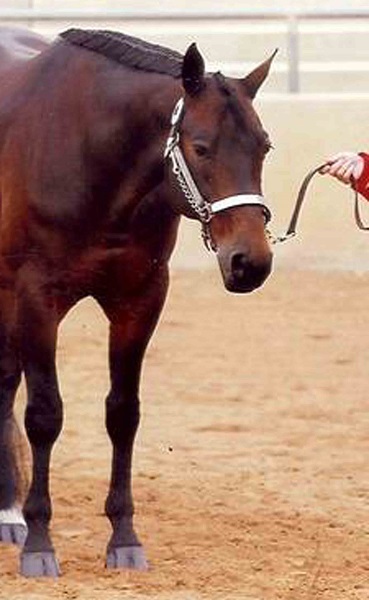
Proper use of the chain in a Showmanship class. Photo courtesy of HIAA.
“No matter which class the horse is being shown in – he must be able to lead, stop, stand square, and pivot. The chain will be fitted under the chin. Direct the snap from the outside to the inside of the ring on the left side of the halter, go under the chin and through the ring on the right side of the halter, from the inside to the outside, and then attach the snap to the ring on the right side at the top ring of the halter. The knob on the snap must be to the outside, so that it will not apply pressure to the horse’s head, as well as be easily accessible. Allow four to five links of chain to extend from the ring on the left side of the halter to the leather of the lead. You should find a lead with a chain that properly fits your horse. The lead itself, NOT including the chain, should be at least six feet in length. The chain links should be one half inch in diameter. A chain twenty-six inches in length is a common length for most horses.”
Cathy also recommends, “Do not allow the chain to apply any pressure prior to using your body cues. Always cue with your body first.”
The showmanship and halter chains are affixed only before entering the show or practice ring, and removed once finished the class. To avoid rearing, most professional showmanship and halter trainers introduce the chain into training well after the horse has established some basics.
These events have their own rules and regulations to follow. For example, the American Quarter Horse Association (AQHA) states in their Official Handbook of Rules and Regulations under Prohibited Conduct, Inhumane Treatment, “applying excessive pressure on or excessively jerking of a halter lead shank or an allowed lip chain” is prohibited. “Note: Effective January 1, 2016, the use of any type of lip chain will be prohibited.”
Injury to horse and human when using a chain is all too often reoccurring and unnecessary. It should be noted that it is not commonplace for any handler to hold the chain itself, as it can hurt or damage the handler’s hands should the horse pull back or move its head unexpectedly. It is also a proper horsemanship practice to never tie a horse with a chain on, to any structure for any reason. As all horse savvy folks know, a horse has the potential to spook or pull back at any moment and with the added element of a chain, the outcome can be extremely unsafe for the horse and anything in its vicinity. As a general rule, a chain should only be used on a horse that needs it and by a competent handler at the other end, at all times.

This is a very dangerous situation for the horse. Never tie up with a chain. Photo credit: ©CanStockPhoto/Manifeesto
As with many devices used to train horses, in general, the chain has always had its fair share of controversy. It is through proper education, guidance through the beginning stages of use, and the sharing of experiences by equine professionals that we can alleviate some of the confusion and dangers that come with using a chain on a horse. If someone already owns a chain and has further questions as to its use and purpose, consult a professional.
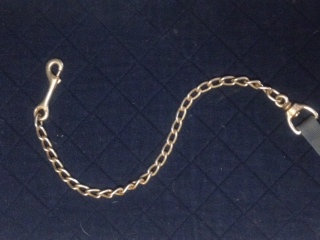
Use of the chain in horse training has always attracted its share of controversy. Photo courtesy of HIAA.
Perhaps it’s been decided that chains just are not going to be a part of the program, but don’t throw them away just yet. You never know, a chain just might come in handy one day. If not on a horse, there are alternate uses for an unemployed chain. It is a great gadget for keeping a long hose organised and hung neatly, or tightly securing a stall door or gate for those equine escape artists, provided it’s not left loose enough to get a foot through.
Reprinted with kind permission from the Horse Industry Association of Alberta.
The Horse Industry Association of Alberta (HIAA) is committed to providing a unified voice for the Alberta horse industry and strengthen it through advocacy, education, and research, with the vision of a growing, profitable industry, recognized nationally and internationally. For more information about HIAA visit their Facebook page.
Main Photo: ©Shutterstock/Cheryl Ann Quigley



